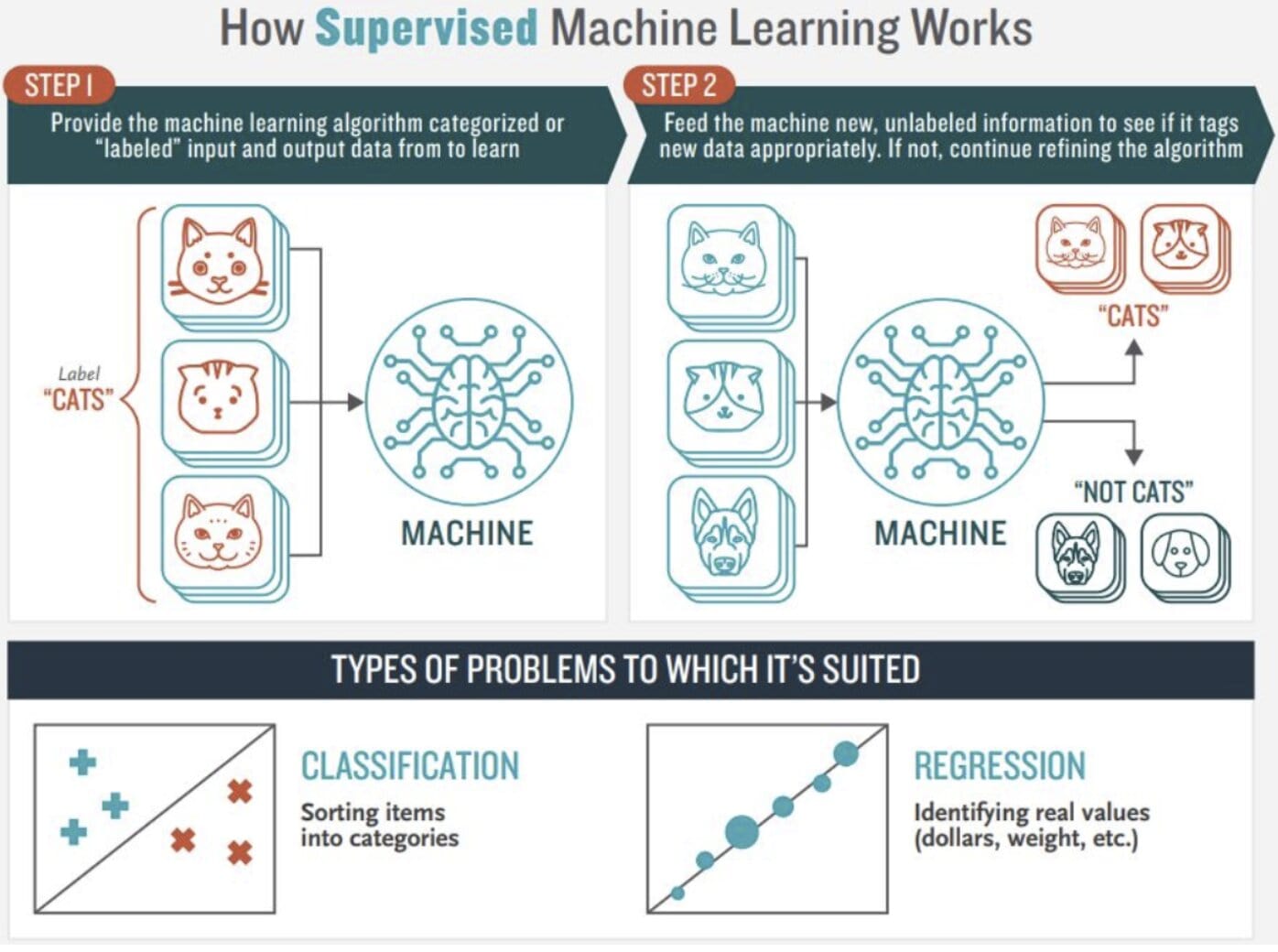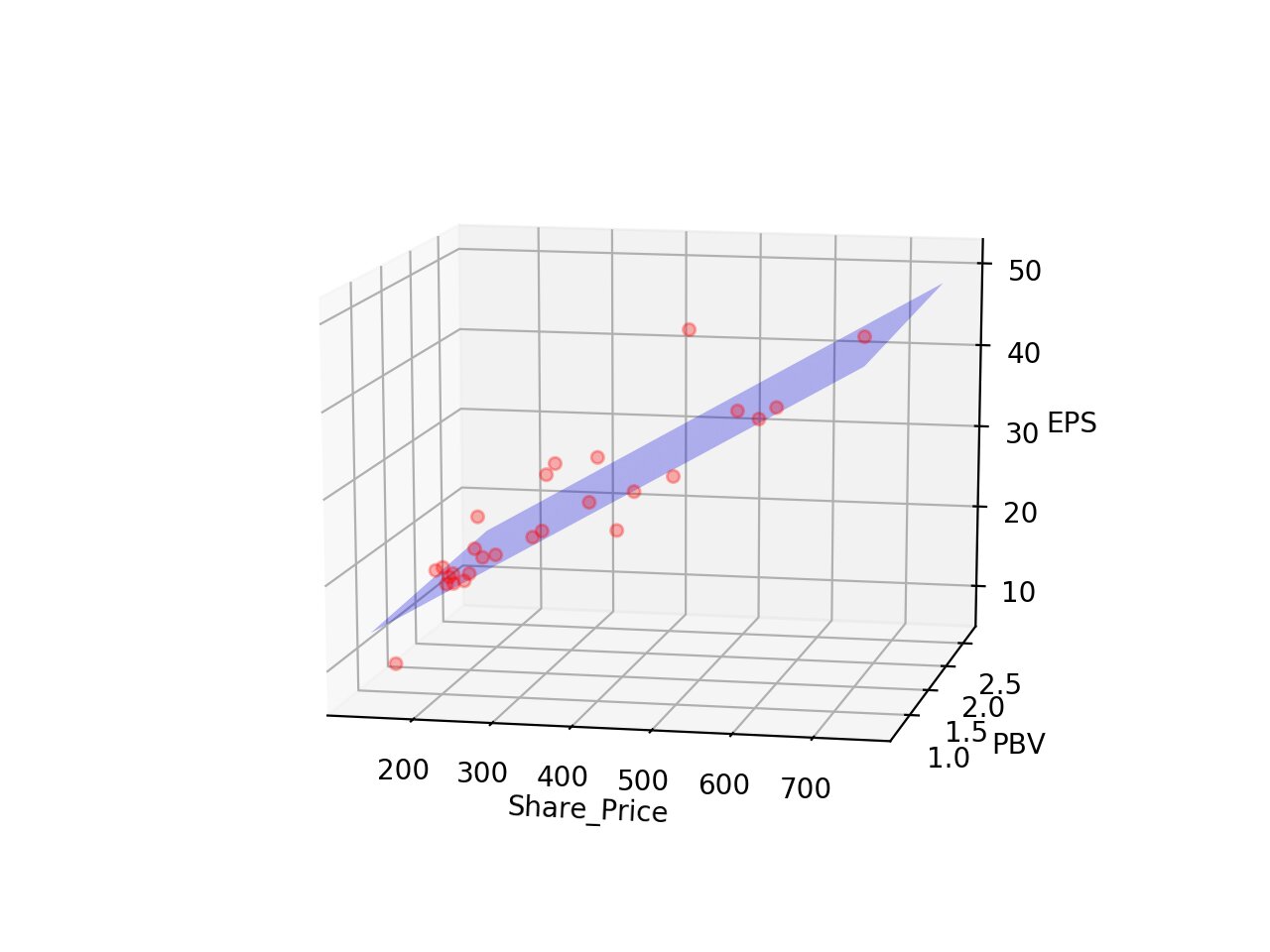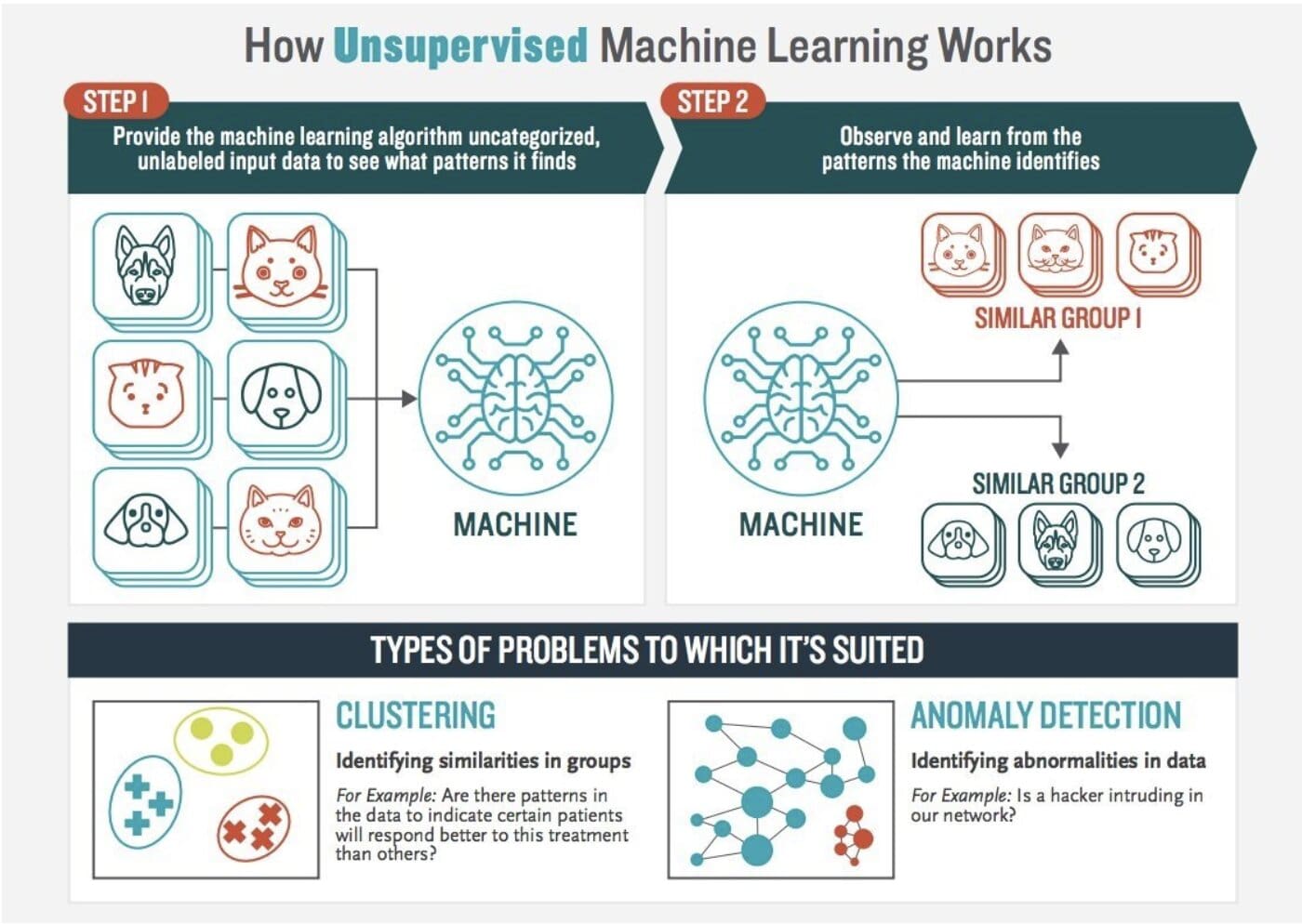Machine Learning for Business Professionals
Over the years, the business industry has amassed its own data, which is now considered the new oil of the world. The intriguing aspect is that everyone possesses their own reservoir of data to fuel business operations. Data is
molding the business landscape globally, and Nepal and its business industry are inevitably transitioning into this era. We've all witnessed the shift from manual bookkeeping to the utilization of accounting software and business
intelligence. Similarly, businesses have altered their core strategies with the integration of technology; for instance, big tech giants now dominate the global advertising landscape. In Nepal, the rise of online marketing platforms
clearly indicates the adoption of technological advancements. It's evident that it's high time for every business and business professional to update their technological skills.
Business professionals bear the responsibility of making crucial business decisions, many of which are based on analytical reviews involving various interdependent variables. However, there's a limitation to human cognition; while we
may excel in analyzing a handful of dependent variables, handling hundreds of variables becomes challenging. Even the most skilled strategists worldwide typically consider only seven strategies at a time. To overcome these
limitations, businesses can leverage Machine Learning Algorithms (MLA). Different MLAs can be tailored to address various business challenges, facilitating the discovery of hidden patterns and propelling businesses into new
dimensions.
Supervised Machine Learning Algorithms can tackle classification problems, regression problems, and even detect faces and customer behaviors. The primary advantage of using supervised machine learning algorithms lies in predicting
variable outcomes, which can be effectively applied in price predictions and trend forecasting in sales, retail, stock markets, and e-commerce.

Consider the 3D visualization of share price with respect to EPS and PBV ratios: the red dots above the blue line signify undervalued stocks, while those below the line indicate overvalued ones. The applications of Supervised Learning are truly remarkable, with endless possibilities for innovation.

Analysis of Share Price.
Unsupervised machine learning is now employed to explore structured information pieces, enhancing efficiency, clustering, and identifying biased data. Clustering and anomaly detection are particularly effective with large datasets, and industries like banking, insurance, e-commerce, and healthcare are leading the adoption.

As professionals, one must prepare ourselves for a changing world. AI presents both opportunities and threats, depending on how we utilize it. Just as the advent of transportation vehicles in the 1900s displaced animal transportation
mediums but created job opportunities for skilled drivers, manufacturing automation has reduced costs while rendering many unemployed. I urge my fellow professionals to acquire machine learning and deep learning skills to adapt to the
evolving landscape. The day isn't far when AI could excel in accounting and report writing better than humans.
For students aspiring to become business professionals, it's an opportune time to acquire new skills and stay ahead in an ever-evolving civilization. Explore the world; the sky's the limit.
Click here to read the original article published by author in Blogspot.com
